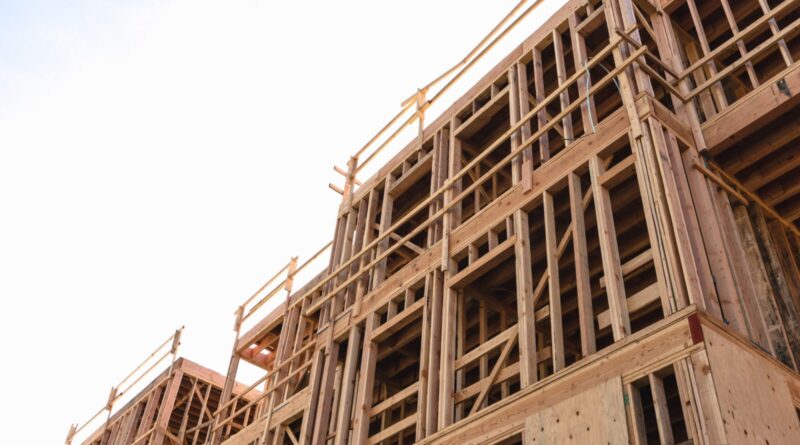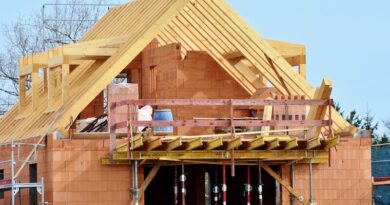Housing in 2024: Challenges, Trends, and the Road Ahead
By: Chris Porter
The U.S. housing market in 2024 was marked by economic resilience, persistent affordability challenges, and shifting market dynamics. While the economy appears to be on the path to a soft landing with controlled inflation and steady employment growth, the housing sector navigated complex headwinds like rising mortgage rates and tight affordability. Here’s a look back at some of the year’s key milestones.
Economic Resilience Sets the Stage
In late 2023, the Federal Reserve signaled that interest rate hikes were done—a welcome announcement for the housing industry and setting up more optimism for 2024. And, indeed, the economy looks to end 2024 on a solid note, with relatively low unemployment, decent GDP growth, rising wages and a strong stock market.
By late 2024, the Federal Reserve had the economy essentially where it wanted it: both inflation and the unemployment rate were within striking distance of the Fed’s long-term targets, achieving the two goals of the Fed’s dual mandate. While inflation has been somewhat sticky on the way down – due in large part to the way housing inflation is measured – and unemployment is a bit higher than in 2023, signs point to a true soft landing as more likely than a recession.
Affordability: The Persistent Hurdle
While for-sale affordability showed some slight improvement during the year, it remains incredibly difficult for households – especially younger households – to afford homeownership. Households did see income growth in 2024, but the continued rise in home prices and still-elevated mortgage rates (which rose even higher after the Fed rate cuts) meant that many existing homeowners weren’t willing to trade out of their existing home, and kept resale sales volumes at extremely low levels.
Homebuilders, however, found opportunity amid the resale stagnation. Those builders who were able to offer rate-buydowns and move-in-ready homes had a significant advantage over the resale market and were able to pick up market share, though at a cost of greater incentives.
Though housing affordability is a seemingly unsurmountable obstacle for many younger households, they are getting some help. Our survey of Gen Z households in 2024 found that more than 40% were receiving some sort of housing assistance from family members, ranging from help with monthly bills to chipping in on the down payment.
Rising Supply Shapes the Market
One of 2024’s notable shifts was the gradual increase in housing supply, both in the resale and new construction markets. Resale inventory grew, particularly in states like Texas and Florida, where volumes exceeded pre-pandemic levels. Combined with the slower pace of existing home sales, months-of-supply metrics pushed upward.
Single-family permits increased modestly in 2024 as builders cautiously ramped up activity, given the amount of construction already in the pipeline and elevated mortgage rates. A focus on move-in-ready inventory gave builders a competitive edge, as many resale properties required repairs before occupancy. This strategy drove an increase in permits and a rise in unsold, finished homes per community. Multifamily construction, on the other hand, saw a downturn, with permits and starts declining due to high financing costs and a backlog of units under construction from earlier permitting surges.
Affordability Challenge Slow For-Sale Demand, Boost Rental Demand
Job growth is cooling, but remains solid, which is a positive for housing demand. A contributing factor to the strength of the job market over the last few years has been the surge in immigration, which tends to benefit rental housing more than for-sale housing. With immigration levels beginning to slow in the second half of 2024, we’re monitoring the impact on housing demand.
From a demographics perspective: a large young adult population who are in the prime years for first-time home buying is a tailwind to housing demand in 2024, but the affordability challenges they face meant the median age of a first-time home buyer rose even higher, keeping many households as renters for longer.
The land market was a significant part of the conversation in 2024, with builders driving strong demand for residential lots and land, especially in the best A-B locations. Through the first three quarters of the year, up to 80% of the land brokers we survey rate the demand for land as “hot” or “on fire” and low lot supply and builder competition are driving up strong pricing for hard-to-find finished lots.
Looking Ahead to 2025
As the housing industry moves into 2025, optimism is tempered by potential risks, which likely means modest growth. Challenges such as prolonged high rates and inflation could exacerbate the affordability crisis. The coming year will require a careful balancing act to navigate these pressures and maintain momentum in the housing market.
Chris Porter is a Senior Vice President at John Burns Research and Consulting.


